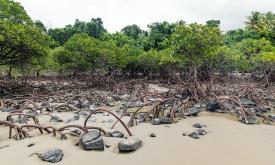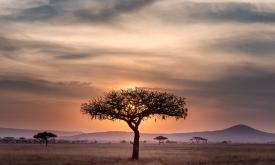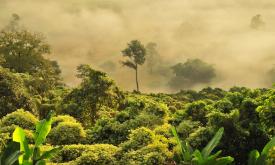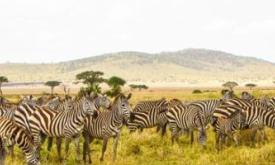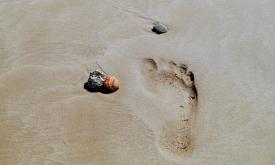Mangroves forests are a crucial coastal ecosystem in tropics and subtropics countries. They provide a lot of environmental and socio-economic services and they are the main strategy for the resilience of coast areas to climate change impacts.
According to the mangrove forests dataset released in the Global Mangrove Watch Version 3.0, there were 42063, 614 km2 within ACP countries in 2020. The most extensive area of mangroves falls within West Africa region with Nigeria that host around19% of the ACP mangroves.
